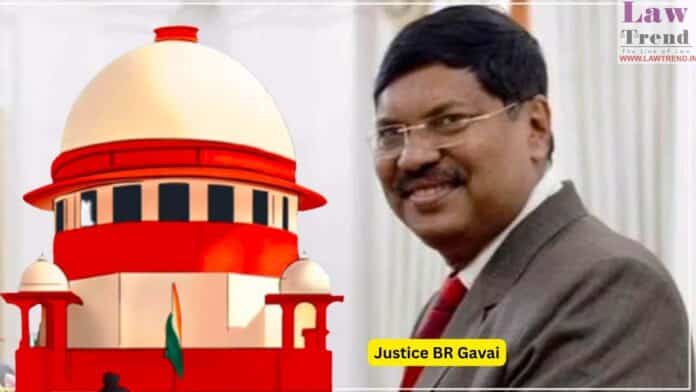Chief Justice of India Bhushan R Gavai will preside over his first collegium meeting on May 26, with several critical decisions on the table. The meeting is expected to address three vacancies in the Supreme Court and make headway in the appointment of chief justices and judges across several high courts.
Currently, the Supreme Court has two vacancies. With Justice Abhay S Oka retiring on May 24, the strength of the court will drop to 31, against a sanctioned capacity of 34. The upcoming meeting of the five-member collegium — consisting of CJI Gavai, and Justices Surya Kant, Vikram Nath, JK Maheshwari, and BV Nagarathna — will review a list of about 100 senior high court judges to identify three for elevation to the top court.
Sources familiar with the process say the collegium is likely to look closely at judges from the Delhi and Bombay High Courts. At present, only one judge from the Delhi High Court sits on the Supreme Court bench, and Bombay’s representation will be reduced to two once Justice Oka steps down.
There is also a growing expectation that the collegium may recommend a woman judge, as Justice BV Nagarathna is currently the only woman on the bench. Justice Bela M Trivedi is set to retire on June 9, and her last working day was May 16 due to a planned personal visit abroad. Names doing the rounds for possible elevation include Justices Sunita Agarwal (Allahabad High Court), Lisa Gill (Punjab & Haryana High Court), Revati Mohite Dere (Bombay High Court), and Anu Sivaraman (Karnataka High Court).
Apart from Supreme Court appointments, the collegium is also expected to deliberate on appointing new chief justices to the high courts of Patna, Telangana, and Madhya Pradesh. The Patna and Telangana high courts are currently led by acting chief justices, and Madhya Pradesh will see a vacancy from May 23.
Judicial transfers and requests for repatriation to parent high courts are also likely to be discussed. These are often considered “in the interest of the administration of justice,” according to officials aware of the matter.
CJI Gavai has reportedly made it clear that filling vacancies and improving the efficiency of the judiciary are among his top priorities.
This meeting also comes at a time when the Supreme Court has taken major steps to increase transparency in judicial appointments. Earlier this month, the court published detailed information on its website about how judges are appointed, including inputs from various stakeholders like high court collegiums, state governments, and the Union government.
In another landmark move, the court has begun uploading asset declarations of its judges to the public domain. As per a resolution passed on April 1, the statements of assets of all sitting Supreme Court judges will be made publicly accessible as and when they are submitted.
The court has also released a detailed database of all judicial appointments cleared by the Supreme Court collegium from November 9, 2022, to May 5, 2025. The database includes names, their originating high courts, professional backgrounds, and demographic details such as gender, caste, minority status, and judicial lineage.




